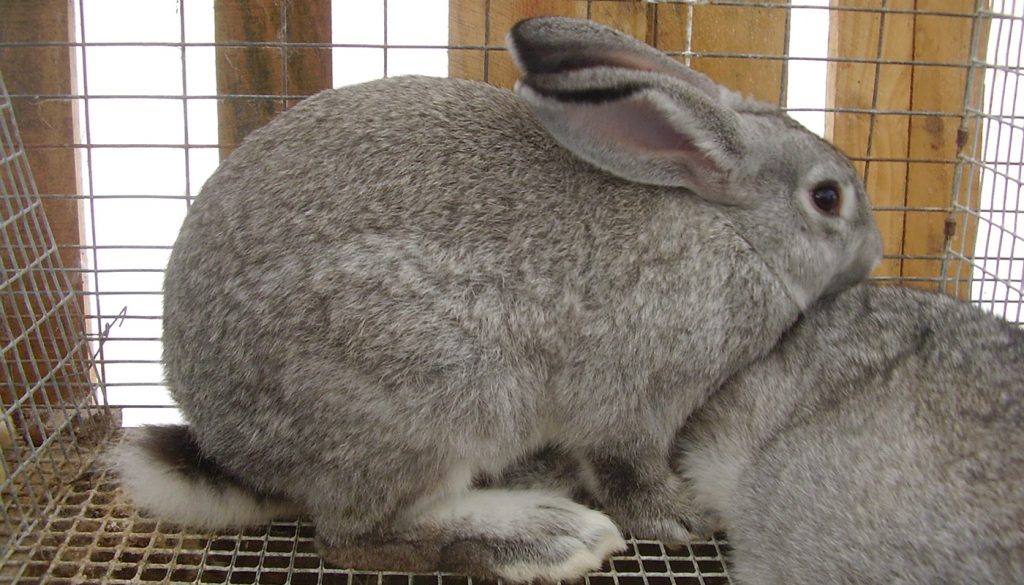
The Giant Chinchilla rabbit breed is a beautiful rabbit that was once very popular and today is listed by the American Livestock Conservancy as critical.
They are a large rabbit with soft salt and pepper fur, large erect bunny ears and really cute round faces.
BREED PROFILE OVERVIEW
|
|
|---|---|
| Breed Name: | Giant Chinchilla |
| Other Names: | None |
| Country of Origin: | United States of America |
| Breed Purpose: | Fur, meat, and pets |
| Breed Size: | Giant |
| Breed Weight: |
Female/Doe: 12 to 16 lbs. Male/Buck: 11 to 15 lbs. |
| Breed Color(s): | Salt and pepper – shades of grey and white with black ticking across their body give them their salt and pepper appearance. |
| Physical Appearance: | The Giant Chinchilla rabbit has a round compact commercial body with a thick silky coat of medium length fur. Their ears are not too long and stand erect from their heads, with a plain dark grey/blue on the outside lined by the chinchilla markings along the edges and white to pink inside. They have a well rounded medium sized head with dark eyes. Their legs are of medium length and they have a small cotton tail. |
| Temperament: | They are quite a docile rabbit that does not mind being handled if they are raised correctly. |
BREED CHARACTERISTICS
- The average lifespan of the Giant Chinchilla rabbit is around 5 to 8 years.
- They make very good pets especially for the elderly, single people and families with older children.
- They have not special needs or extra special grooming needs and are quite a low maintenance breed to care for.
- They are a hardy, low maintenance breed with an amazingly gentle and tolerant nature.
- They have a decent sized litter and the females make very good mothers. Most rabbits have good maternal instincts and some breeds can be a bit testy and protective when they have young. They can also be uncharacteristically moody during mating season.
- Their young open their eyes around 7 to 14 days with an average of 10 days after birth. When their eyes have opened, they can start to be introduced to food such as alfa pellets and water.
- Even when the young start to eat it does not mean they are quite ready to be weaned from their mothers. The mothers will know when it is time to wean her young. It is important for the baby rabbit’s health, growth, immune system and development of a proper digestive system that they do not be removed from their mother for at least 8 weeks. They usually require her milk for a minimum of 8 weeks after birth.
- The fur of the Giant Chinchilla actually has four distinct colors to it. When you look at it as a whole coat it looks salt and pepper. When you blow on the fur making it part, you will see that it has four very distinct bands of coloring along the shaft.
- They do quite well in bunny hopping type events and rabbit shows. But they are more suited to just being a hardy, sturdy and gentle pet.
The undercoat that is on the rabbit’s skin is a slate blue, whilst the middle is a pearly white. The tips are grey with an uneven black ticking over it.
| Good Pets? | They make great pets for families with older children, elderly and single people. |
| Child Friendly? | Children should be supervised around animals and properly taught how to look after them and handle them. Rabbits can bite and scratch |
| Ideal Climate: | All climates – rabbits should never be left outside without proper shelter and housing that must be raised off the ground and predator safe. |
| Conservation Status: | Listed by the *ALC Status/Rarity: Watch |
| Recognized by the ARBA? | Yes, they are accepted by the American Rabbit Breeders Association. |
| Rabbit Associations/Clubs: | Giant Chinchilla Rabbit Association |
| Where to buy them? | Please refer queries for where to get these from to either the ARBA or the Giant Chinchilla Rabbit Association. The USA Rabbit Breeders Directory is a useful resource to find breeders, clubs, and information about the breed. |
| Note: *ALC stands for American Livestock Conservancy | |
GENERAL INFORMATION
For a slicker more glossy or shiny pelt, it is advisable to groom them every two to three weeks. During the molting season, it is advisable to groom rabbits every week to remove stray hairs.
Rabbits can be quite lively and energetic and need quite a bit of exercise and stimulation. It is a good idea to have a nice safe and secure run for them to play in and stretch their legs.
Toys, tubes and various obstacle courses for them is a good way to help them expend some of their energy and they are really fun to watch at play.
They are also sociable animals that do like to have a friend or two to play with.
Regular health and critter check once a week or every second week should become a habit. This will help to keep your rabbit(s) in excellent condition and health. Grooming does not require a lot if their coats are low maintenance. But it is a good idea to give them a nice gentle brushing to help remove any excess hairs regardless of the length of their coats.
It is also a good idea to check on the state of their teeth to ensure that they are not too long and causing the rabbit any discomfort.
Rabbits teeth never stop growing and getting fresh hay on a regular basis helps to control the growth of their teeth.
Rabbits need a good diet of quality pellets that are filled with their daily nutritional requirements. They do love dandelions, cabbage and various fruits as a nice tasty treat.
Rabbits that have quite a short coat are not really at risk for most of the digestive problems long fur seem to cause rabbits. They can still get other ailments such as flystrike, ear mites or overgrown teeth. These can all be controlled/maintained or avoided altogether with the proper health and grooming care of the rabbit(s).
If you have two rabbits and do not want to breed them it is possible to spay female rabbits and neuter male rabbits.
The females can be spayed as young as four months old, but vets prefer to wait until they are at least six months old before doing so.
The young males can be neutered as young as found months old.
Rabbits, just like any other pet, should be dewormed on a regular basis. Check with your local vet for proper guidance on the administering of worm medication to your animals.
HISTORY
Whilst they share a close and some common history with most of the other Chinchilla breeds the Giant Chinchilla was developed in the United States of America. The breed is the result of the cross breeding between the Standard Chinchilla rabbit breed and Flemish Giants.
They were once primarily used as a commercial rabbit breed. Today they are mainly used as pets, for fanciers and rabbit breeders and exhibition purposes.
Video
USEFUL LINKS
- American Rabbit Breeders Association
- Fur Commission USA
- North American Meat Institute
- American Livestock Conservancy
- Animal Shelter (ASPCA)
- American Veterinary Medical Association
- American Animal Welfare Society
- American Animal Control
- American Society of Animal Science
- United States Department of Agriculture
- United States Department of Agriculture – Rabbit Meat
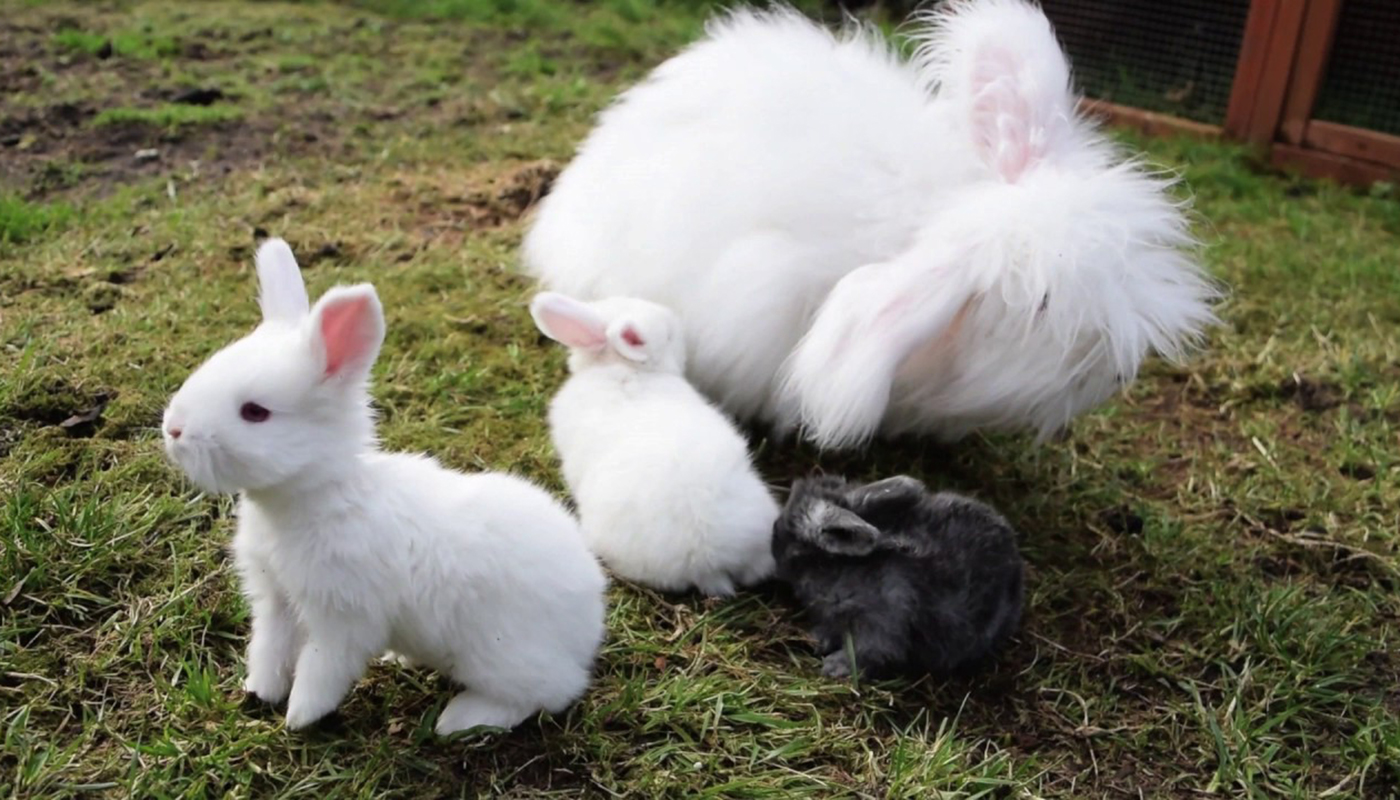 English Angora – Everything You Need to Know
English Angora – Everything You Need to Know Silver Lop Rabbit: The Enchanting Result of Silver Fox x English Lop Cross
Silver Lop Rabbit: The Enchanting Result of Silver Fox x English Lop Cross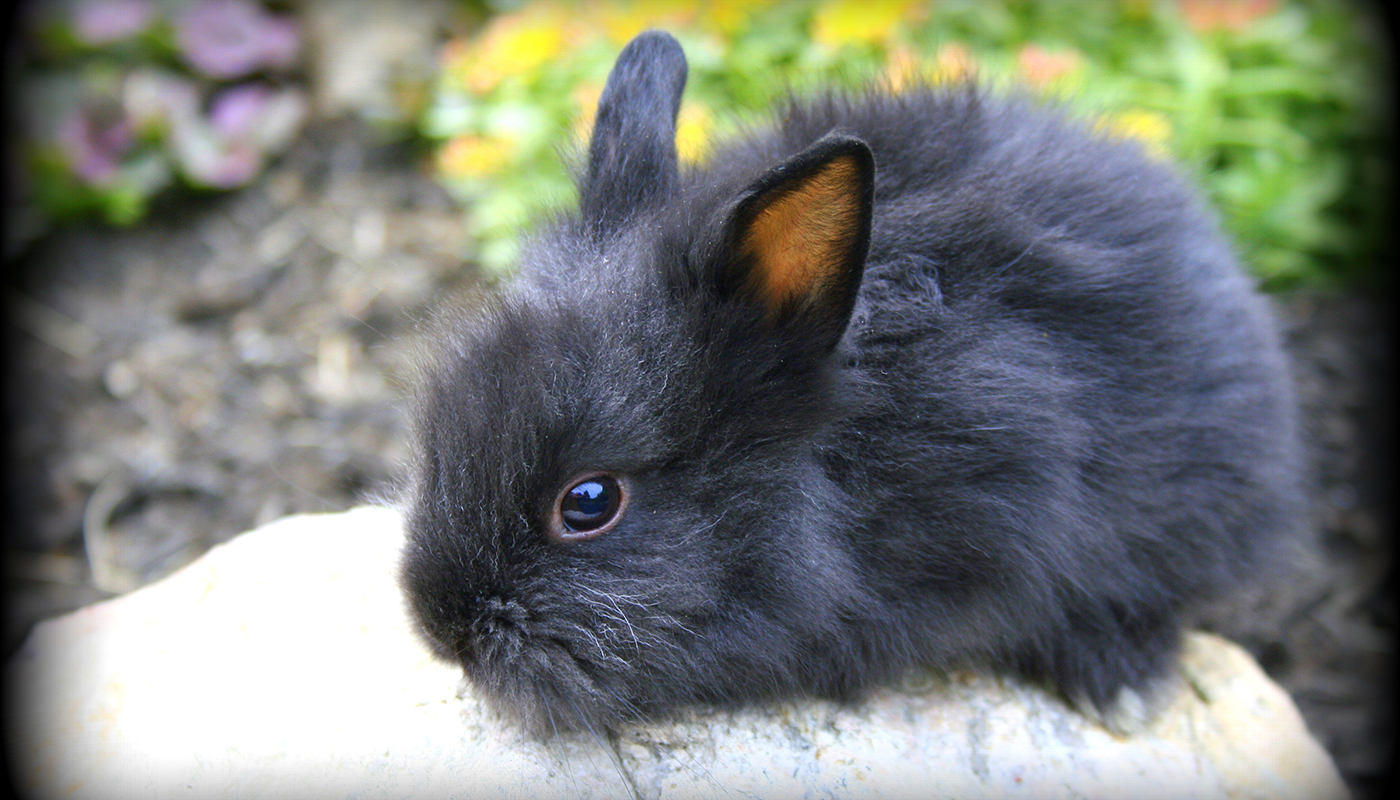 Lionhead Rabbit – Everything You Need to Know
Lionhead Rabbit – Everything You Need to Know Tan Rabbit – Everything You Need to Know
Tan Rabbit – Everything You Need to Know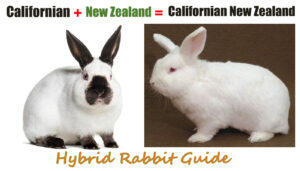 Californian x New Zealand: The Ultimate Hybrid Rabbit Guide
Californian x New Zealand: The Ultimate Hybrid Rabbit Guide Discover the Wooly Angora: A Fluffy Hybrid Rabbit with Irresistible Charm
Discover the Wooly Angora: A Fluffy Hybrid Rabbit with Irresistible Charm Holland Rex Rabbit: A Perfect Blend of Holland Lop and Rex Breed
Holland Rex Rabbit: A Perfect Blend of Holland Lop and Rex Breed Giant Angora Rabbit – Everything You Need to Know
Giant Angora Rabbit – Everything You Need to Know Dwarf Hotot – Everything You Need to Know
Dwarf Hotot – Everything You Need to Know American Sable Rabbit – Everything You Need to Know
American Sable Rabbit – Everything You Need to Know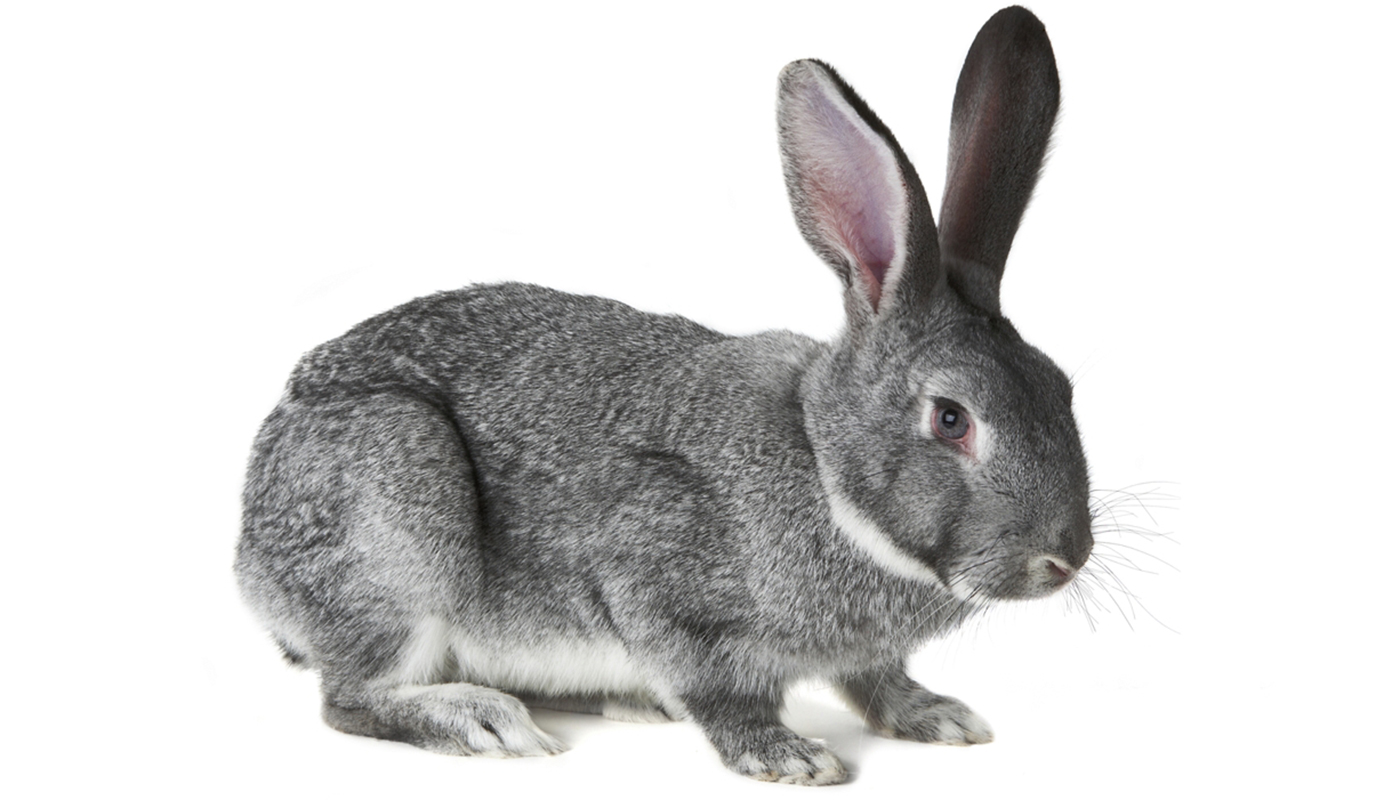 American Chinchilla Rabbit – Everything You Need to Know
American Chinchilla Rabbit – Everything You Need to Know Introducing the Adorable Mini Lop Rex: A Blend of French Lop and Mini Rex
Introducing the Adorable Mini Lop Rex: A Blend of French Lop and Mini Rex